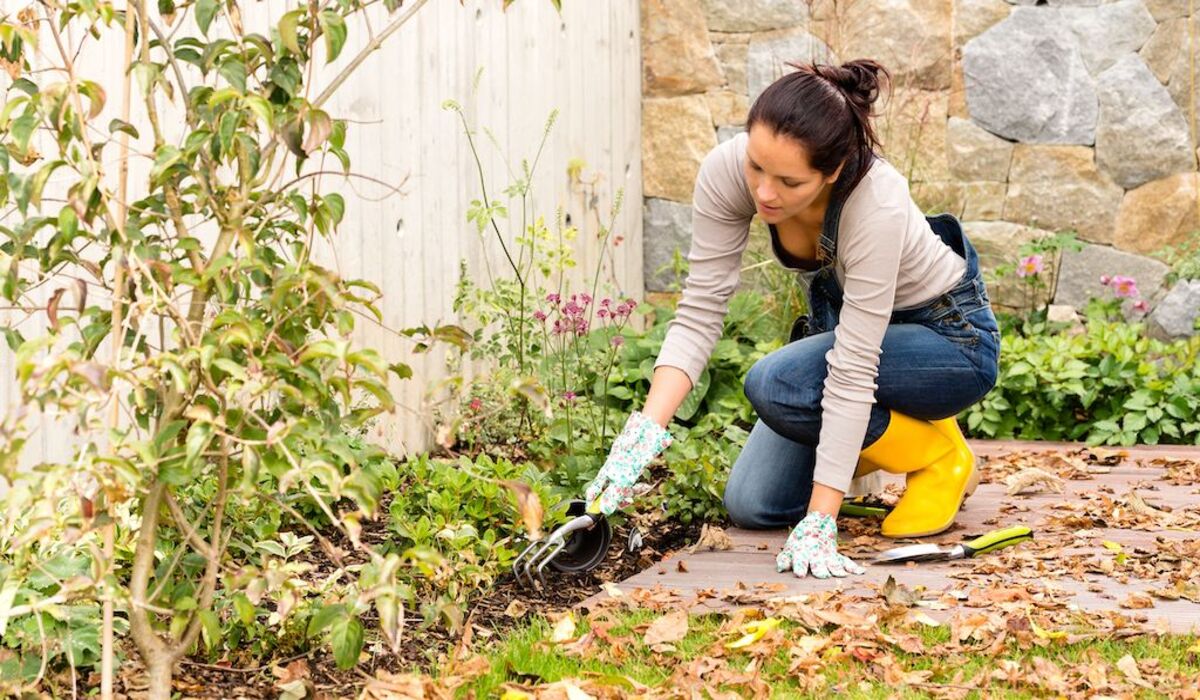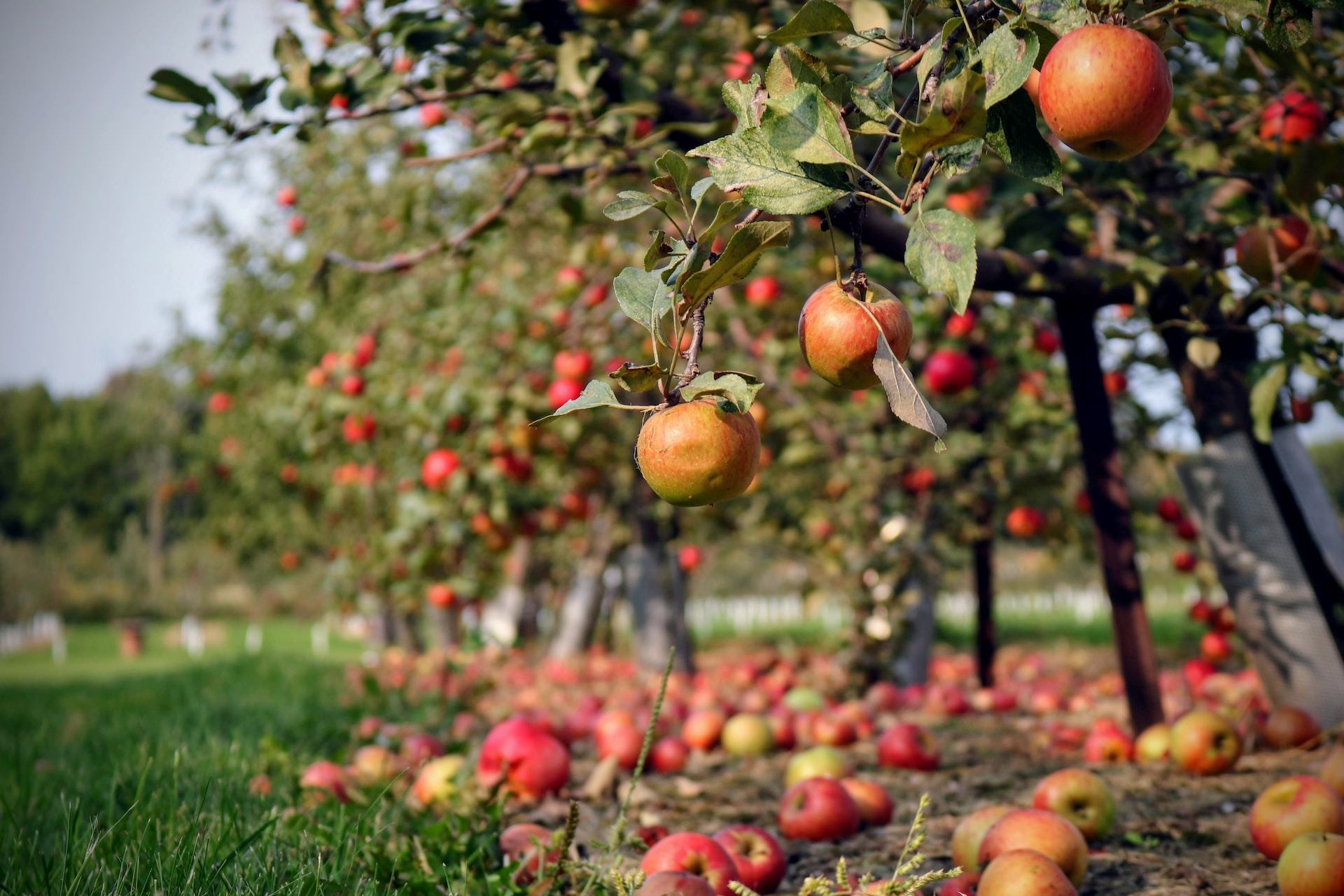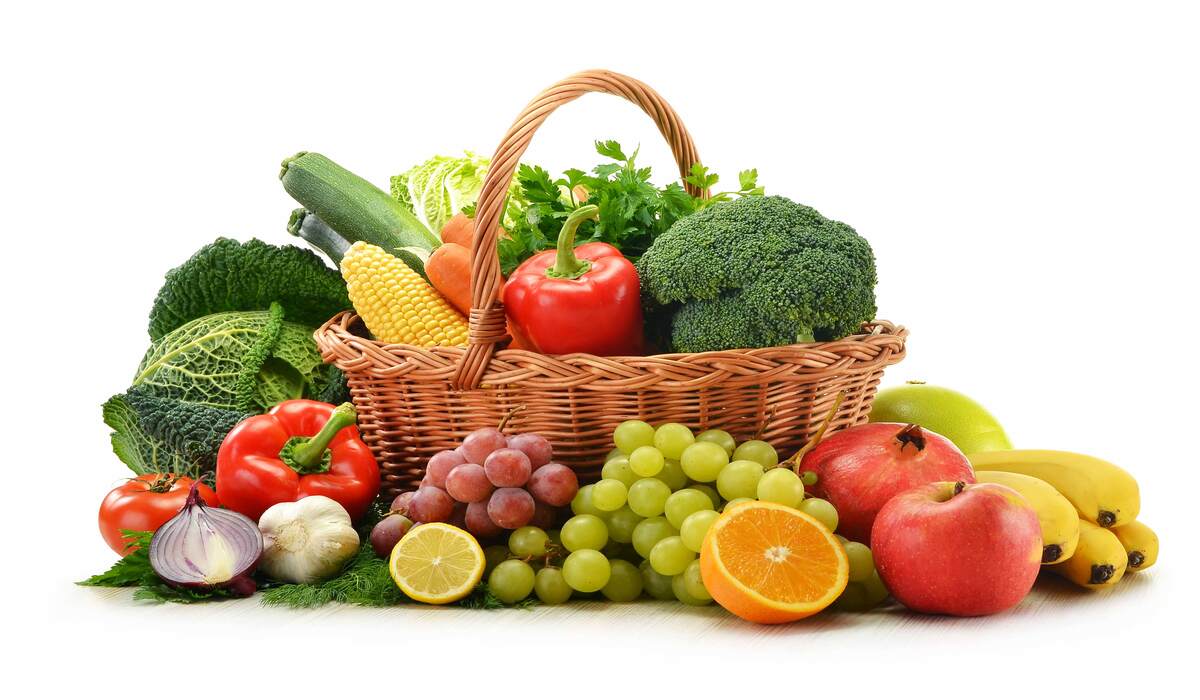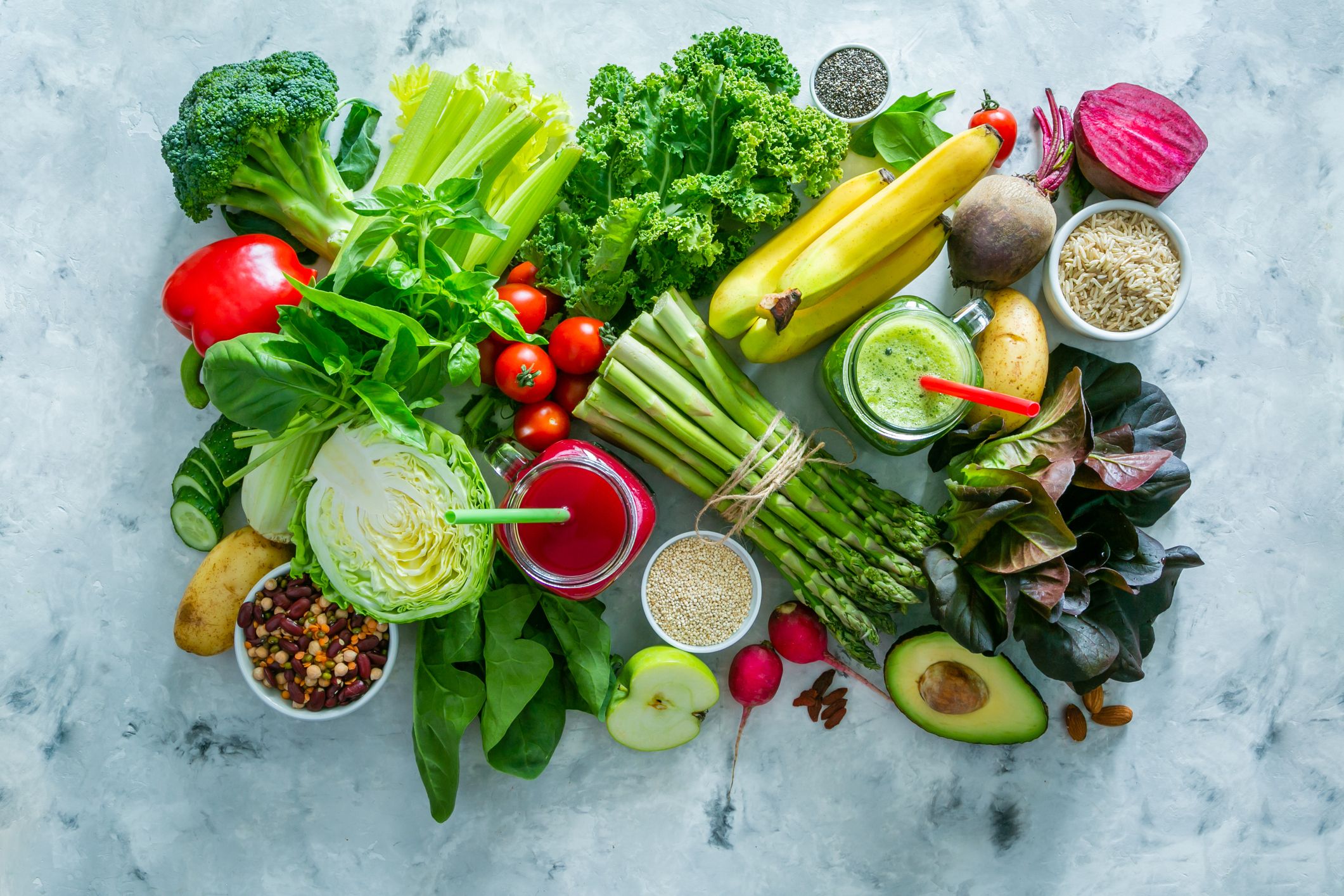Home>Gardening Tips and Tricks>Eco-Friendly Gardening>What Is Chill Hours For Fruit Trees
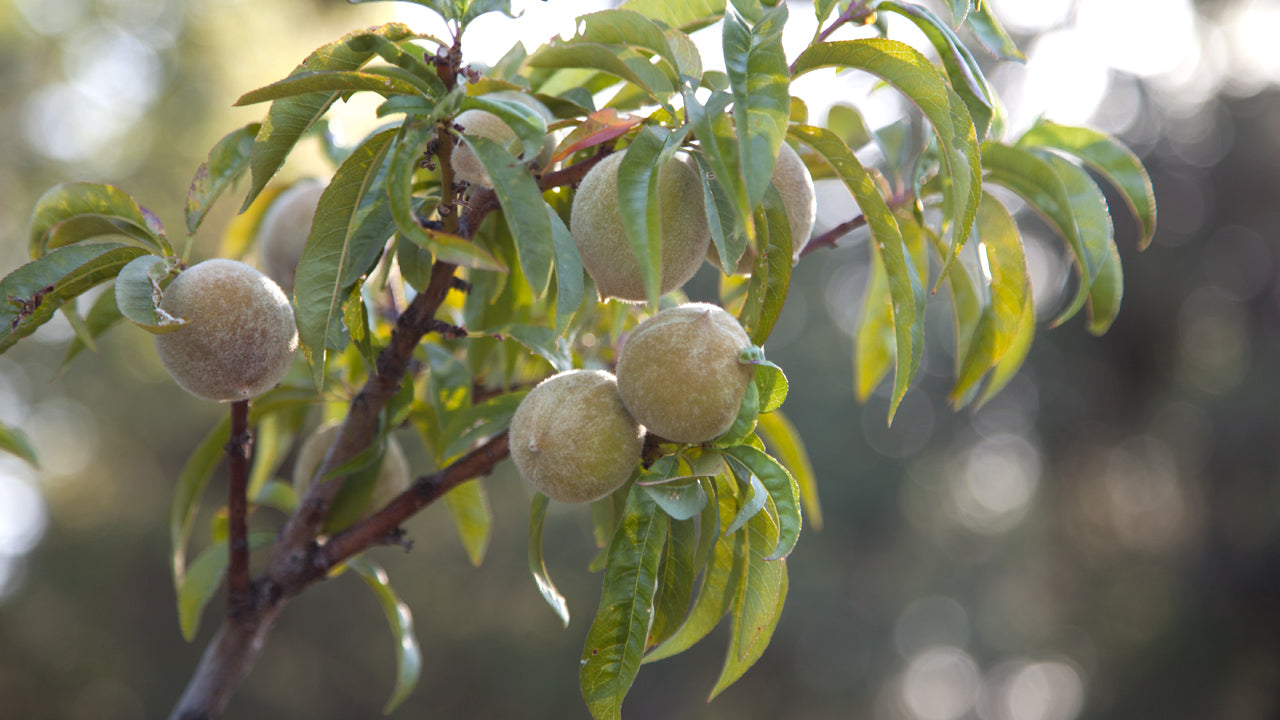

Eco-Friendly Gardening
What Is Chill Hours For Fruit Trees
Published: November 5, 2023
Discover how chill hours affect the growth of fruit trees in your eco-friendly garden. Learn the importance of providing the right conditions for optimal fruit production.
(Many of the links in this article redirect to a specific reviewed product. Your purchase of these products through affiliate links helps to generate commission for Chicagolandgardening.com, at no extra cost. Learn more)
Table of Contents
- Introduction
- Definition of Chill Hours
- Importance of Chill Hours for Fruit Trees
- Factors Affecting Chill Hours
- Calculation and Measurement of Chill Hours
- Types of Fruit Trees and Their Chill Hour Requirements
- How Insufficient Chill Hours Affect Fruit Trees
- Strategies to Provide Adequate Chill Hours for Fruit Trees
- Conclusion
Introduction
Welcome to the world of eco-friendly gardening! If you are passionate about gardening and want to contribute to a greener and more sustainable environment, then eco-friendly gardening is the way to go. In this article, we will delve into the fascinating realm of eco-friendly gardening, specifically focusing on the benefits, techniques, and practices of creating a garden that promotes environmental stewardship and biodiversity.
Eco-friendly gardening, also known as sustainable gardening or organic gardening, is a method of gardening that prioritizes environmental consciousness and minimizes the use of harmful chemicals and synthetic fertilizers. This approach not only helps preserve and protect our fragile ecosystems but also promotes healthier soil, plants, and ultimately, a healthier ecosystem.
The main focus of eco-friendly gardening is to work with nature, rather than against it. By utilizing organic materials, promoting biodiversity, conserving water, and integrating natural pest control methods, eco-friendly gardeners can create a harmonious and sustainable space for plants, wildlife, and humans to thrive.
In recent years, there has been a growing interest in eco-friendly gardening as more people become aware of the negative impacts of conventional gardening practices. The excessive use of synthetic pesticides, herbicides, and fertilizers have resulted in soil degradation, water pollution, loss of biodiversity, and harm to beneficial insects and pollinators.
By adopting eco-friendly gardening practices, not only can we mitigate these negative effects, but we can also create a haven for native plants, wildlife, and beneficial insects to flourish. Additionally, eco-friendly gardening provides us with an opportunity to reconnect with nature and gain a deeper understanding of the intricate web of life that surrounds us.
Whether you have a small balcony, a suburban backyard, or a sprawling rural landscape, eco-friendly gardening principles can be applied to any scale of gardening. So, join us as we embark on a journey to discover the wonders of eco-friendly gardening and learn how we can make a positive impact on both our immediate surroundings and the planet as a whole.
Definition of Chill Hours
Chill hours, also known as chilling hours or chilling units, are a critical aspect of fruit tree cultivation. In simple terms, chill hours represent the number of hours a fruit tree requires to be exposed to temperatures between 32°F (0°C) and 45°F (7°C) during its dormant period.
During the winter months, fruit trees go into a dormant phase, essentially “resting” before they start blossoming and producing fruit in the spring. This dormant period is necessary for the trees to reset and prepare for the upcoming growing season.
The concept of chill hours is specific to temperate climate fruit trees, such as apples, pears, cherries, and peaches. These trees have evolved to require a certain amount of cold exposure to break their dormancy and stimulate proper bud development. Without sufficient chilling, the trees may not flower or set fruit, resulting in reduced yields or poor-quality fruit.
Chill hours are typically calculated based on the number of hours within the designated temperature range over a specific period, usually from November to February or March, depending on the region. However, it is important to note that not all hours within the temperature range are considered equal in fulfilling chill requirements.
Some fruit tree varieties have low chill hour requirements, while others have higher requirements. For example, an apple tree may need 800 to 1000 chill hours, while a peach tree may require 600 to 800 chill hours. Understanding the specific chill hour requirements of different fruit tree varieties is essential for successful cultivation.
Ensuring that fruit trees receive adequate chill hours is crucial because it affects various aspects of tree health and productivity. Insufficient chill hours can lead to delayed bud break, irregular flowering patterns, reduced fruit quality, and increased susceptibility to pests and diseases.
Now that we have established the definition of chill hours, let’s explore their importance for fruit tree cultivation in the next section.
Importance of Chill Hours for Fruit Trees
Chill hours play a vital role in the proper development and productivity of fruit trees. Understanding their importance is crucial for successful fruit tree cultivation. Here are some key reasons why chill hours are essential:
- Bud & Flower Development: Adequate chill hours are necessary for fruit trees to properly develop buds and flowers. During the dormant period, the exposure to cold temperatures helps break bud dormancy and initiates the necessary physiological changes for flowering. Without sufficient chilling, the trees may exhibit delayed or uneven bud break, which can result in poor flower formation and reduced fruit set.
- Fruit Quality: Chill hours have a direct impact on fruit quality. Sufficient chilling ensures proper fruit development, coloration, and flavor. Fruits from trees that have received the required chill hours tend to have better texture, taste, and overall aesthetic appeal. In contrast, inadequate chilling can lead to small, misshapen, or undersized fruits with suboptimal taste and texture.
- Regularity of Blooming: Many fruit trees require a sufficient accumulation of chill hours to bloom with regularity. Regular blooming is important for consistent fruit production, as it ensures that trees produce flowers and fruits on a predictable schedule year after year. Insufficient chill hours can disrupt the blooming patterns, leading to irregular or sporadic fruiting.
- Pest and Disease Resistance: Fruit trees that have received their required chill hours exhibit better pest and disease resistance. Chill hours contribute to the overall health and vigor of the tree, strengthening its immune system and improving its ability to fend off pests and diseases. Without sufficient chilling, the trees may be more susceptible to insect infestations, fungal diseases, and other harmful pathogens.
- Yield and Productivity: Adequate chill hours are directly linked to the yield and productivity of fruit trees. Trees that have experienced the necessary chilling tend to bear a higher quantity of fruits that are of better quality. The right balance of chill hours ensures optimal fruit set, higher fruit size, and increased overall crop yield. Insufficient chilling can result in reduced fruit production and lower yields.
Overall, providing fruit trees with the required number of chill hours is crucial for their overall health, productivity, and the quality of fruits they produce. By understanding and meeting the chill hour requirements of different fruit tree varieties, gardeners can maximize their success in growing healthy, fruitful trees.
Factors Affecting Chill Hours
Several factors can influence the accumulation and availability of chill hours for fruit trees. Understanding these factors is important for managing and predicting the chill hour requirements of your trees. Let’s explore some of the key factors that can affect chill hours:
- Temperature Fluctuations: The temperature range within which chill hours are calculated can vary from region to region. Fluctuations in temperature, both within and outside of the designated range, can impact the accumulation of chill hours. Extremely cold or warm periods during the dormant season can reduce or disrupt the accumulation of chill hours, affecting the tree’s ability to break dormancy and develop properly.
- Winter Hardiness: Different fruit tree varieties have varying levels of winter hardiness, which refers to their ability to withstand and thrive in cold temperatures. Some varieties are more tolerant of low temperatures and require fewer chill hours, while others are more sensitive and require a higher number of chill hours. Understanding the winter hardiness of your fruit tree varieties will help you choose the appropriate cultivars for your region.
- Location: The geographical location of your garden or orchard can significantly impact the accumulation of chill hours. Different regions have varying climate patterns, including temperature ranges and the duration of the dormant season. Areas with cooler winter temperatures generally provide more chill hours, while warmer regions may have less suitable conditions for certain fruit tree varieties with high chill hour requirements.
- Microclimates: Microclimates within your garden or orchard can create temperature variations, affecting the accumulation of chill hours. Factors such as proximity to buildings or bodies of water, slope orientation, and the presence of windbreaks can create pockets of warmer or colder temperatures compared to the surrounding areas. It is important to consider these microclimates when selecting fruit tree varieties and managing their chill hour requirements.
- Variety Selection: Different fruit tree varieties have varying chill hour requirements. When selecting fruit trees for your garden or orchard, it is crucial to choose varieties that are well-suited to your specific climate and can meet the required chill hours. Consulting local nurseries, extension services, or agricultural experts can provide valuable insights into which varieties perform best in your region.
These factors, among others, contribute to the complexity of managing chill hours for fruit trees. By considering these influences and tailoring your fruit tree selections to your specific climate and region, you can optimize the accumulation and availability of chill hours, ensuring the healthy development and productivity of your trees.
Calculation and Measurement of Chill Hours
Accurately calculating and measuring chill hours is essential for fruit tree cultivation. It allows gardeners and farmers to determine if their trees have received the necessary cold exposure for proper bud development. While there are variations in the methods used to calculate chill hours, the following are commonly used approaches:
- Hourly Temperature Record: One method to calculate chill hours is to maintain an hourly temperature record throughout the winter months when the trees are in their dormant phase. This involves recording the temperature at specific intervals, usually every hour, within the designated chill hour temperature range. By summing up the total number of hours within the specified range over the required period, gardeners can determine the accumulated chill hours.
- Chill Portion Model: The Chill Portion Model is a more refined approach to calculate and measure chill hours. It takes into account the fact that not all hours within the designated temperature range have the same impact on bud development. This model assigns a specific chill portion value to each hour, based on research and observations of fruit tree responses to temperature. These values can vary depending on the fruit tree variety. The accumulated chill portions are then compared to the required threshold to determine if the tree has received sufficient chilling.
- Chill Hour Models: Various chill hour models have been developed to estimate and predict chill hour accumulation. These models use historical weather data along with specific algorithms to provide a more accurate estimate of the accumulated chill hours. These models take into account factors such as the number of hours below a certain temperature threshold and the fluctuations in temperature throughout the winter. They can be valuable tools for growers to anticipate chill hour availability and plan tree management accordingly.
- Chill Hour Monitoring Devices: Technological advancements have led to the development of chill hour monitoring devices. These devices use sensors to measure and record temperature data, allowing growers to accurately monitor and track chill hours. These devices provide real-time information, making it easier for gardeners to manage and make informed decisions about their fruit trees based on actual chill hour accumulation.
It is important to note that specific calculations and measurement methods may vary based on regional or personal preferences. Consulting local agricultural extension services, horticultural experts, or utilizing online resources can provide guidance on utilizing the most suitable methods for your specific growing area.
By accurately calculating and measuring chill hours, growers can ensure that their fruit trees receive the optimal cold exposure required for successful bud development, leading to healthier trees and bountiful fruit harvests.
Types of Fruit Trees and Their Chill Hour Requirements
Different fruit tree varieties have varying chill hour requirements, making it essential to choose the right types of trees that can thrive in your specific climate. Here are some common fruit tree varieties and their typical chill hour requirements:
- Apple Trees: Apple trees have a wide range of varieties, each with its own specific chill hour requirements. Some apple cultivars, such as ‘Gala’ and ‘Golden Delicious,’ have relatively low chill hour requirements, ranging from 300 to 600 hours. On the other hand, varieties like ‘Granny Smith’ and ‘Pink Lady’ have higher chill hour needs, averaging around 800 to 1000 hours.
- Pear Trees: Pear trees, similar to apple trees, have varying chill hour requirements depending on the cultivar. European pear varieties, such as ‘Bartlett’ and ‘D’Anjou,’ typically require about 800 to 1000 chill hours. Asian pear varieties, like ‘Shinseiki’ and ’20th Century,’ have lower chill hour requirements, ranging from 300 to 600 hours.
- Peach Trees: Peach trees are known for their relatively low chill hour requirements compared to other fruit trees. Most peach varieties generally need around 400 to 800 chill hours. Popular cultivars like ‘Elberta’ and ‘Red Haven’ fall within this range.
- Cherry Trees: Cherry trees have varying chill hour requirements depending on whether they are classified as sweet cherries or sour cherries. Sweet cherry varieties typically require about 800 to 1000 chill hours. Popular sweet cherry varieties include ‘Bing’ and ‘Rainier.’ Sour cherries, such as ‘Montmorency’ and ‘Morello,’ have lower chill hour needs, ranging from 400 to 800 hours.
- Plum Trees: Plum trees can have a wide range of chill hour requirements depending on the variety. European plum varieties, like ‘Stanley’ and ‘Italian Prune,’ typically need about 700 to 900 chill hours. Japanese plum varieties, such as ‘Santa Rosa’ and ‘Burbank,’ have higher chill hour requirements, averaging around 800 to 1000 hours.
It is important to recognize that the chill hour requirements mentioned above are general guidelines. The actual requirements may vary depending on factors such as the specific cultivar, regional climate variations, and even the rootstock used for grafting.
When selecting fruit trees, it is crucial to consider their chill hour requirements in relation to the climate of your specific region. Choosing fruit tree varieties that align with your area’s average chill hours will increase the likelihood of successful growth, flowering, and fruit production.
Consulting local nurseries, agricultural extension services, or horticultural experts can provide valuable guidance and recommendations on fruit tree varieties that are well-suited to your specific chill hour conditions.
How Insufficient Chill Hours Affect Fruit Trees
Insufficient chill hours can have detrimental effects on fruit trees, impacting their overall health, growth, and fruit production. Here are some ways in which a lack of chill hours can affect fruit trees:
- Delayed Bud Break: Without the required amount of chilling, fruit trees may experience delayed bud break. This means that the buds take longer to open and develop new shoots and leaves in the spring. Delayed bud break can result in a shorter growing season, reducing the time available for the trees to develop flowers and fruits.
- Poor Flower Formation: Insufficient chill hours can lead to irregular or incomplete flower formation. When trees do not receive the necessary cold exposure, the process of flower development may be disrupted. This can result in a reduced number of flowers or misshapen and undersized blooms, leading to reduced fruit set and lower yields.
- Reduced Fruit Quality: Fruits from trees that have not received enough chill hours may have compromised quality. They may be smaller, lack proper coloration, and have inferior flavor and texture. Insufficient chilling can result in poorly developed fruits that do not meet the desired standards for appearance, taste, and marketability.
- Irregular or Sporadic Fruiting: A lack of chill hours can disrupt the natural cycle of fruit production. Fruit trees may exhibit irregular or sporadic fruiting patterns, with some branches or areas of the tree producing fruit while others remain barren. This inconsistency in fruiting can make it challenging for farmers and gardeners to plan and manage their harvests effectively.
- Weakened Immune System: Insufficient chilling weakens the immune system of fruit trees, making them more vulnerable to pests and diseases. When trees do not receive the required cold exposure, their ability to defend against harmful insects and pathogens is compromised. This can lead to increased pest damage, susceptibility to diseases, and the need for further chemical interventions to control infestations.
- Stunted Growth and Decline: Prolonged lack of sufficient chilling can lead to stunted growth and overall decline of fruit trees. Trees that do not undergo the necessary dormant period and fail to reset their physiological processes may become weak and susceptible to various stress factors. This weakened state can result in reduced vigor, decreased productivity, and ultimately, the premature death of the tree.
It is important to note that the specific effects of insufficient chill hours can vary depending on the fruit tree variety and the severity of the chilling deficit. Some varieties may be more tolerant of low chill conditions, while others may be more sensitive and show greater signs of distress.
Growers and gardeners should be aware of the chill hour requirements of their fruit tree varieties and strive to provide the necessary chilling conditions for optimal growth, development, and fruit production.
Strategies to Provide Adequate Chill Hours for Fruit Trees
Ensuring that fruit trees receive adequate chill hours is essential for their optimal growth and productivity. While it may be challenging to control external factors such as climate variations, there are several strategies that can help provide the necessary chilling conditions for fruit trees. Here are some effective strategies to consider:
- Choose the Right Varieties: Select fruit tree varieties that are well-suited to your specific climate and chill hour conditions. Research and choose cultivars that have lower chill hour requirements if you are in an area with milder winters. Conversely, if you live in a region with longer and colder winters, choose varieties with higher chill hour needs. Consulting local nurseries or agricultural experts can provide valuable insights into suitable fruit tree varieties for your area.
- Consider Chill Hour Accumulation: Keep track of chill hour accumulation in your area using weather records, online resources, or weather monitoring devices. By staying informed about the chill hour accumulation in your region, you can assess whether your fruit trees are receiving the necessary cold exposure. This knowledge can help you adjust your management practices accordingly.
- Create Microclimates: Take advantage of microclimates within your garden or orchard to create favorable conditions for fruit trees. Planting trees in sheltered areas, using windbreaks or building structures that can moderate temperature fluctuations can help provide additional protection during the winter months. These microclimates can help maintain slightly cooler temperatures, extending the duration of chilling periods for the trees.
- Pruning Techniques: Proper pruning techniques can promote better air circulation and light penetration, which can contribute to improved bud differentiation and flowering. Pruning can also help manage the canopy density, allowing for greater exposure to winter temperatures. Consult pruning guides specific to your fruit tree varieties and follow recommended practices to ensure optimal results.
- Consider Chill Hour Substitutes: In regions with inadequate natural chilling conditions, it is possible to provide some level of substitutive chilling. Techniques such as winter dormancy sprays or artificial chilling methods can be employed with certain fruit tree varieties. These methods should be carefully chosen and utilized, as they may not have the same effectiveness as natural chilling and could have limitations and potential drawbacks.
- Use Protective Measures: Employ protective measures to minimize the risks of frost damage or early warm spells disrupting chilling periods. Techniques such as covering trees with frost blankets or using water management methods, such as overhead sprinklers, can help mitigate the impacts of temperature fluctuations. These protective measures can help extend the duration of chill hours and reduce the risks of bud damage.
It is important to assess the unique conditions of your garden or orchard, as well as the specific requirements of your fruit tree varieties, to determine the most appropriate strategies for providing adequate chill hours.
By implementing these strategies and staying attuned to the chill hour needs of your fruit trees, you can optimize their development and ensure a fruitful harvest for years to come.
Conclusion
Eco-friendly gardening is a wonderful way to create a sustainable and vibrant garden while minimizing the negative impact on the environment. By implementing organic practices, promoting biodiversity, conserving water, and using natural pest control methods, we can create a thriving ecosystem that supports the health of our plants, wildlife, and planet.
In this article, we explored the concept of chill hours and their importance in fruit tree cultivation. Chill hours are the number of hours that fruit trees require to be exposed to specific temperatures during their dormant phase. Adequate chill hours are crucial for bud development, fruit quality, regular blooming, and high productivity. Understanding the chill hour requirements of different fruit tree varieties is key to successful cultivation.
We also discussed various factors that can affect chill hours, such as temperature fluctuations, winter hardiness, location, microclimates, and variety selection. By considering these factors, we can better manage and predict chill hour availability in our gardens or orchards.
To ensure fruit tree health and productivity, we explored strategies such as choosing suitable varieties, monitoring chill hour accumulation, creating microclimates, employing pruning techniques, considering substitutive chilling methods, and using protective measures against frost damage. By implementing these strategies, gardeners can optimize the accumulation and availability of chill hours, contributing to the success of their fruit tree cultivation.
As eco-conscious gardeners, it is our responsibility to prioritize sustainable gardening practices and work with nature to create beautiful and thriving gardens. By adopting eco-friendly methods and providing adequate chill hours for our fruit trees, we can enjoy delicious and nutritious fruits while contributing to a greener and more sustainable future.

